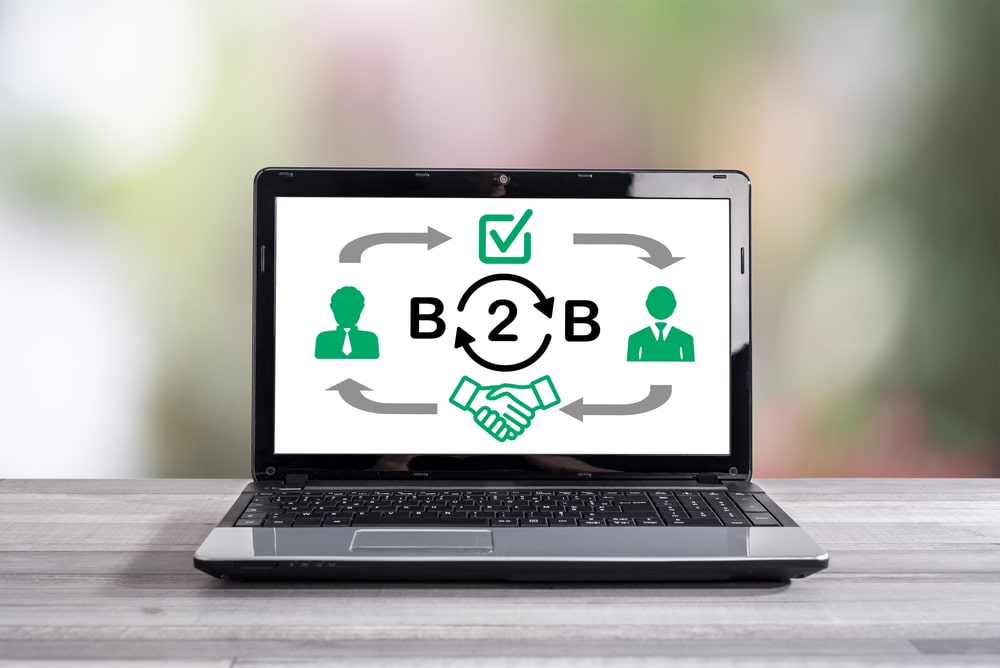In B2B sales, mastering lead generation is crucial for sustainable growth and success. Businesses must track and analyze key performance indicators (KPIs) and metrics to ensure their efforts yield the desired results. Understanding and effectively monitoring lead generation KPIs is essential for optimizing sales and marketing strategies. In this blog, we delve into the significance of Lead Generation KPIs, highlight their importance in tracking sales performance, and provide insights into 10 essential metrics every B2B business should monitor closely.
What are Lead Generation KPIs?
Key performance indicators (KPIs) for lead generation are measurable indicators that evaluate how well a business attracts and turns prospects into leads. These KPIs provide insightful information about many facets of the lead generation process, including ROI, CPL, SQL, and conversion. Businesses can identify areas for development and make data-driven decisions to maximize their lead-generation tactics by monitoring these KPIs. KPIs are used as benchmarks to assess the effectiveness and performance of lead generation initiatives.
Importance of Tracking Lead Generation KPIs and Metrics
In the realm of B2B lead generation, tracking KPIs and metrics, helps businesses gain invaluable insights into the effectiveness of their strategies. Few reasons why keeping a close eye on these metrics is important. Provide enhanced decision-making with data-driven insights, allowing businesses to identify which channels and tactics yield the highest ROI. Tracking KPIs driving productivity fostering a results-oriented mindset, and implementing targeted initiatives to accelerate growth. By leveraging data-driven insights businesses can gain a competitive edge, identify emerging trends, and proactively adapt their strategies.
10 Important Lead Generation KPIs and Metrics to Track
Tracking lead generation KPIs and metrics is essential for businesses striving to maximize their marketing efforts and drive revenue growth. Here are 10 crucial metrics to monitor:

1. Qualified Leads
Qualified Leads stand as a pivotal indicator of marketing effectiveness. These leads are not merely contacts, but prospects who have demonstrated genuine interest in the product or service offered and have the potential to become paying customers. By prioritizing the generation and tracking of qualified leads, businesses ensure that their sales teams focus their efforts on prospects most likely to convert.
2. Cost Per Lead (CPL)
CPL measures the total expenditure incurred in acquiring a single lead. Cost Per Lead (CPL) holds significant importance in evaluating the efficiency and profitability of marketing initiatives. By closely monitoring CPL, businesses can assess their marketing efforts’ return on investment (ROI). This metric enables marketers to optimize their budget allocation, refine targeting strategies, and identify opportunities for cost savings. Tracking CPL empowers businesses to make informed decisions that drive lead generation success while maximizing ROI.
3. Sales Qualified Leads (SQL)
This is a pivotal metric to track, these leads are ready for direct engagement by the sales team. SQLs signify not only the quantity but also the quality of leads generated, indicating the success of marketing. As part of important lead generation KPIs by monitoring SQLs closely, businesses gain crucial insights to generate B2B sales leads. This not only enhances sales efficiency but also accelerates the overall sales cycle, leading to increased revenue generation and business growth.
4. Meetings Booked and Attended
Meetings are critical touchpoints in the sales process, allowing businesses to engage with prospects, build relationships, and move them closer to conversion. By tracking meetings booked and attended businesses can assess the success of their B2B appointment-setting efforts. It enables them to evaluate the success of their outreach campaigns, assess sales team productivity, and identify areas for improvement in scheduling and follow-up processes. Monitoring these KPIs provides insights into the efficiency of sales teams in converting leads into meaningful interactions.
5. Lead Conversion Rate
This metric serves as a barometer of the effectiveness of the entire lead generation process, indicating the percentage of leads that successfully transition into paying customers. Monitoring lead conversion rate provides businesses with valuable insights into the effectiveness of their sales and marketing strategies. By analyzing this metric, organizations can identify areas of improvement in their lead nurturing process. A high lead conversion rate signifies that the business is effectively nurturing and qualifying leads, and ultimately closing deals.
6. Average Deal Size
This metric refers to the average monetary value of deals or transactions closed by a company within a specific period. By monitoring the average deal size, businesses can assess the effectiveness of their sales efforts and pricing strategies, and forecast revenue accurately. A higher average deal size indicates that a company is successfully closing larger deals, which can significantly impact revenue and profitability. tracking the average deal size is essential for optimizing sales performance and driving growth in B2B sales.
7. Average Sales Cycle
This metric in B2B sales and lead generation measures the average duration it takes for a lead to progress from initial contact to closing a deal. Monitoring the average sales cycle provides businesses with insights into the efficiency of their sales process and the effectiveness of their lead nurturing efforts. A shorter average sales cycle indicates that a company’s faster lead conversion is able to convert leads into customers more quickly, leading to increased revenue and profitability.
8. Email Marketing Performance
In order to keep an eye on the effectiveness of email marketing, metrics including open, click-through, conversion, and unsubscribe rates must be tracked. It refers to the effectiveness of email campaigns in engaging prospects, nurturing leads, and driving conversions. It is quite important, especially when it comes to B2B email marketing for lead generation. Businesses may evaluate the effectiveness of their email campaigns and improve the performance of their email marketing strategies by looking at email metrics. To maximize email marketing’s return on investment, performance tracking is essential.
9. Return on Investment (ROI)
In B2B lead generation and sales ROI measures the profitability of an investment relative to its cost in their marketing initiatives. Monitoring ROI allows businesses to evaluate the effectiveness of their B2B lead generation strategies and marketing campaigns. By calculating ROI, organizations can determine whether the resources invested in generate B2B sales leads are given positive returns. A positive ROI indicates that the revenue generated from acquired leads outweighs the costs incurred, resulting in profitability. Tracking ROI empowers businesses to make data-driven decisions, and optimize budget allocation.
10. Customer Lifetime Value (CLV)
The fundamental key metric in B2B sales and lead generation represents the total value a client contributes to a business over their entire relationship. Monitoring CLV allows businesses to understand the long-term impact of acquiring and retaining customers. By calculating CLV, organizations can assess the effectiveness of their lead generation efforts in acquiring high-value customers who contribute significantly to revenue growth over time. Tracking CLV is essential for maximizing customer lifetime value, driving revenue growth, and ensuring long-term success.
How to Track Lead Generation Metrics Effectively?
Tracking lead generation metrics effectively requires a strategic approach to ensure accurate measurement and actionable insights. Firstly, establish clear objectives and identify the most relevant KPIs to your business goals. Utilize analytics tools and software platforms to track and measure your chosen KPIs effectively. Set up tracking mechanisms to collect data on your chosen KPIs. Regularly monitor and analyze the data collected from your tracking mechanisms. Based on the analysis, adjust your lead generation strategies as needed to improve performance. Lead generation is an ongoing process, so it’s essential to continuously monitor, analyze, and optimize your strategies based on performance data.
Conclusion
In conclusion, effectively tracking lead generation metrics is essential for businesses striving to maximize their marketing efforts and drive sustainable growth. A systematic approach to tracking lead generation metrics empowers businesses to refine their strategies, allocate resources efficiently, and achieve tangible results.






